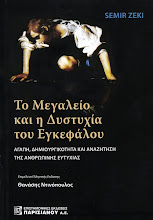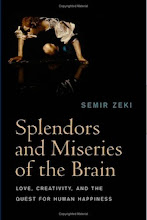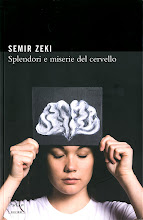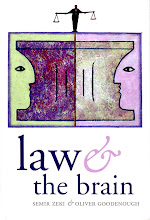Currently, waiting time to enter the Uffizi Museum in Florence is, at a minimum, 2 hours, unless of course you get there first thing in the morning. But right across the main entrance to the Museum is another exhibition, in another wing of the Uffizi, which you can enter without waiting. Once you get inside, it is empty, thus giving you time to contemplate the great works on display at leisure. It is specatcular and contains great drawings by some of the great Italian masters - Leonardo, Michelangelo, Raffaelo, Perugino and others. The exhibition was at the British Museum before going to Italy, and contains masterpieces from both museums. Entry to the exhibition is free, while you have to pay 11 € to enter the main gallery.
An authority explained that the emptiness of the exhibition of drawings at the Uffizi can be accounted for by the fact that the entrance is free. Therefore, it could not be worth much, at least in the estimation of the average person.
Some art curators and historians insist on the fact that one must view an art work in its totality - that is, the context, its commercial value, and so on. How right they are, and what an apt joke Marcel Duchamp played on the art world by sending a urinal to an art exhibition as a serious exhibit. The urinal became a work of art, instantly, because it was now in a new context and, significantly, in the context of an art exhibition.
Hence the necessity for separating art from beauty, which neuroesthetics should do.
And hence the necessity for the "reductionism" that many are so vehemently against. For we should isolate perceived beauty and study its neural correlates, just as we should isolate the other factors such as the commercial value and context and study their neural correlates.
Meanwhile, the magnificent exhibition at the Uffizi is a living testament (at least until it closes later this month) to the true, but sad, opinion of many in the art world - that when discussing a work of art one should do so in context, and above all in its commercial and monetary context.
Saturday, June 4, 2011
Subscribe to:
Post Comments (Atom)









 Contact us
Contact us
No comments:
Post a Comment